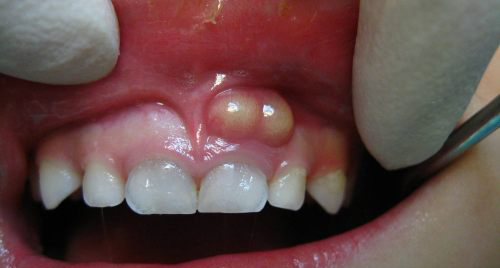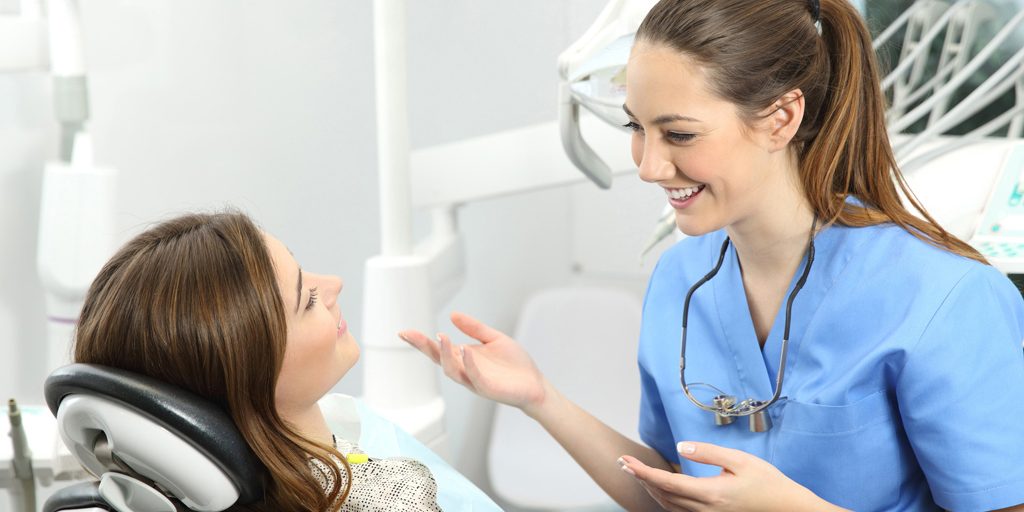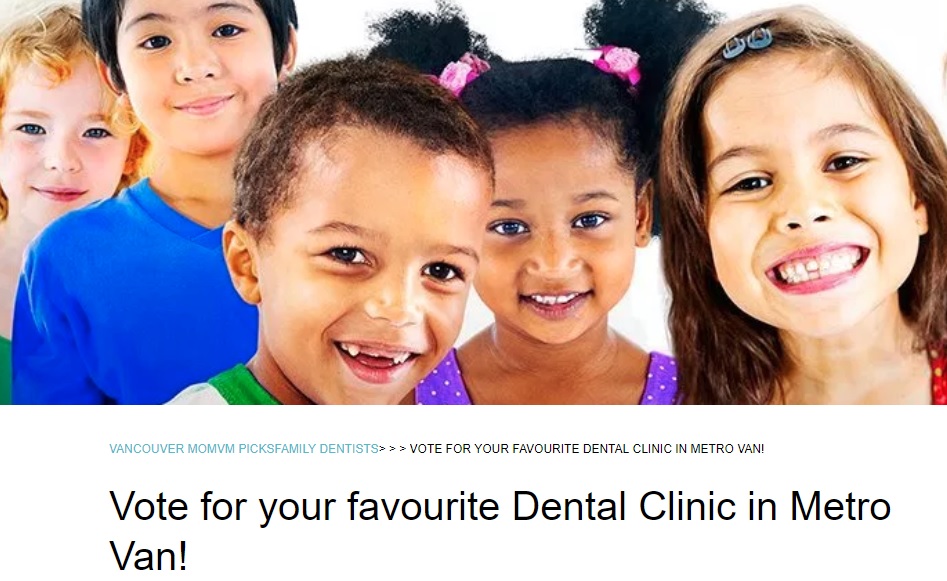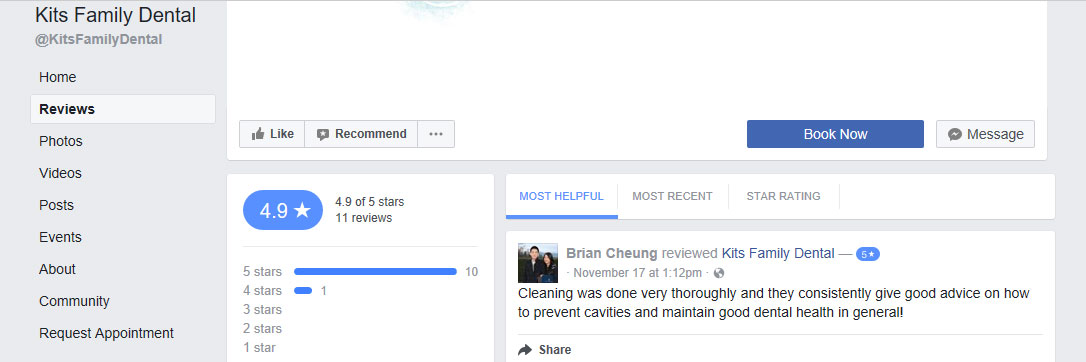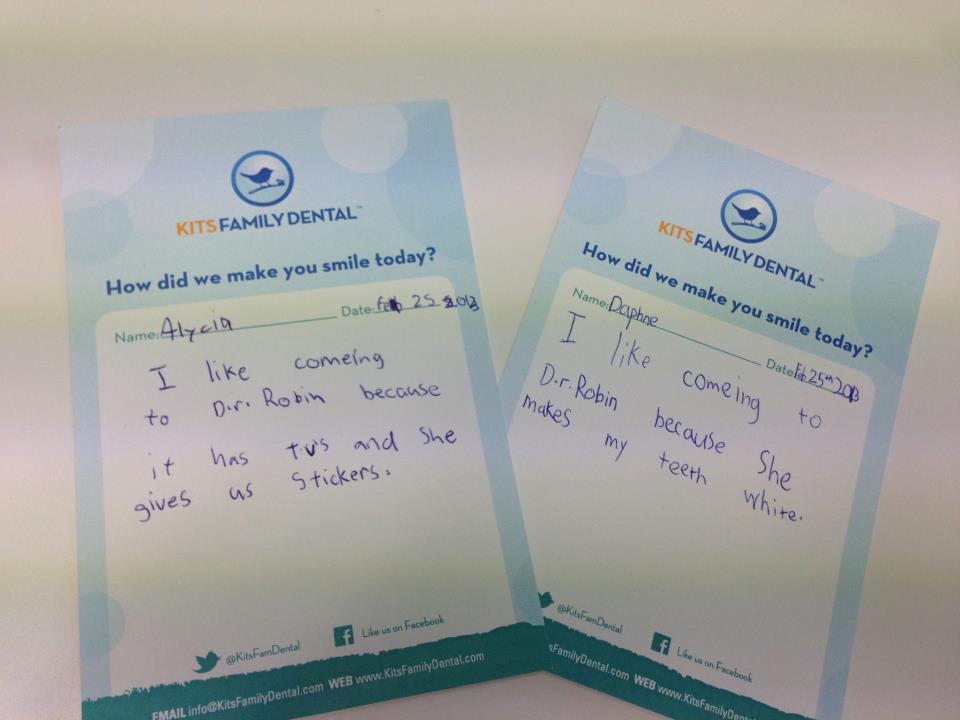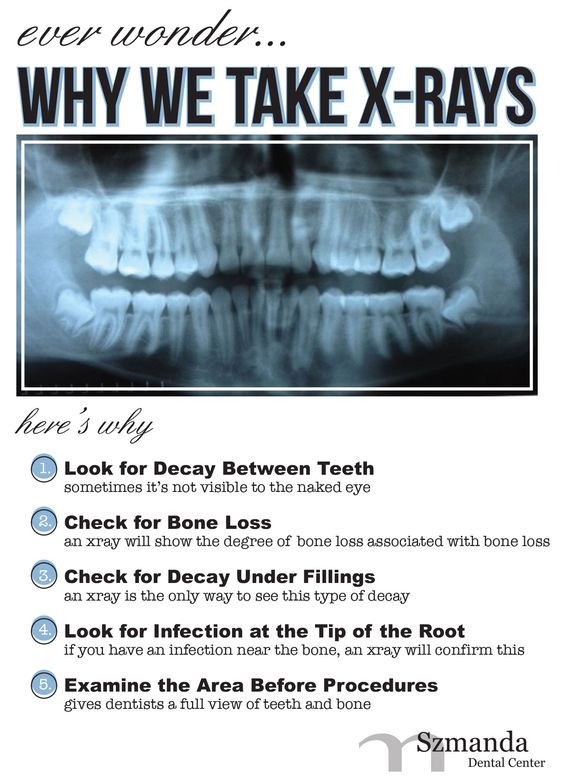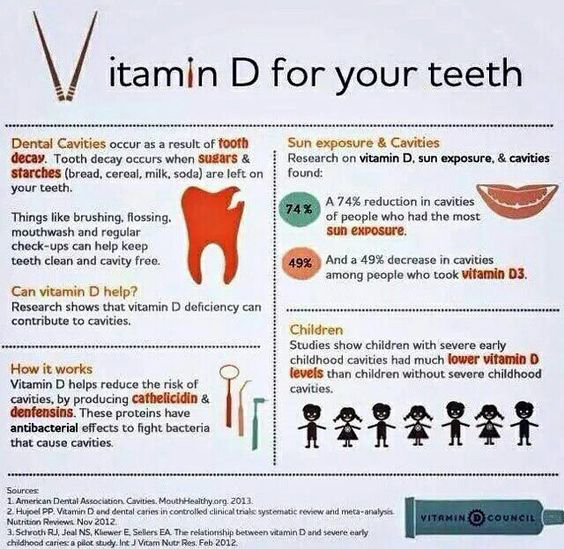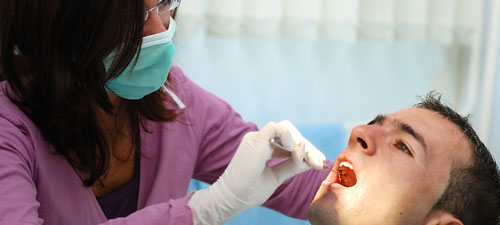Many people are choosing to get braces as adults. This is relatively new; adult braces used to be pretty much unheard of. This may be partly attributed to the fact that clear plastic braces called Invisalign now exist. Not many adults would want to wear the traditional wire braces but Invisalign braces (also known as aligners) are clear to the point of being almost invisible.
There are many reasons someone as an adult may want to get braces and we’ve found that our patients have been very happy with the results and have found that wearing Invisalign is manageable.
Some people do choose Invisalign for their children or teenagers. Remember the child or teen needs to remember to pop the aligners back on after eating or drinking anything other than water, and co-operate with wearing them. (And not lose them!)
We came across an excellent article by STEMJAR that looks at some of the differences between kids and adults orthodontics.
Read the article directly on their site, or, for your convenience, the content containing key differences appears here:
1. Correction of overbite
Improper bite or malocclusion is a major reason for someone to visits the orthodontist. Continuous wearing down of teeth (known as attrition) over the years makes this condition worse.
A worsened overbite is challenging to correct, and the orthodontist’s concentration is to achieve a functional bite. Children, on the other hand, are young and developing, so there is not much attrition as it is in adults.
In the case of children, the orthodontist can focus on perfecting the bite as opposed to achieving just a functional bite as in the case of adults.
2. Developed status of an adult
When an adult visits the orthodontist for treatment, his teeth and jaws have developed already whereas, in the case of children, their jaws and teeth are still in the developing phase.
Since children are in the process of oral growth, it is easier to make alignment adjustments to their teeth and jaws. By the time adults visit the orthodontist, the tissues around the teeth are set in their position firmly, and the growth phase is already over.
This challenge in case of adults is called a biomechanical limitation and makes the process of realignment difficult.
3. Esthetics
Many adults refrain from braces because they are afraid of looking bad with braces on their teeth. Adults fear the way their colleagues and friends will look at them if they start braces treatment since traditional braces are visible when a person talks or smiles.
So, adults go for modern braces many times for this reason. Unfortunately, modern braces (Invisalign constitutes modern braces) are not suitable for every situation.
In such cases, it becomes difficult to convince the patient to use traditional braces treatment instead of modern braces treatment.
Children are pretty flexible in such cases. Colored bands of braces or the fact that their friends have the same kind of wires make the idea of traditional braces appear very cool or acceptable to kids. As such, they do not make much fuss when it comes to a choice between traditional braces and modern braces.
4. Past extractions
Past dental procedures in case of adults is a challenge during orthodontic treatment.
In the case of permanent tooth extraction, new teeth will not grow in adults.
In some situations, adults may need to undergo further procedures such as adding prosthetic bone to the area that the dentist plans on working.
Children don’t have such issues usually.
Since children are young and in their growing phase, they make ideal candidates for orthodontic treatment as movement and adjustment of teeth is relatively easy as compared to adults.
5. Root resorption and temporomandibular disorder (TMD)
Adults have certain vulnerabilities which are absent in children and makes braces treatment challenging in adults.
Root resorption and TMD are the commonly encountered issues in adults.
Root resorption
Resoprtion of the tooth root causes the tooth to become weak due to the absence of proper anchorage. Family history, oral habits and the type of root, play role in root resorption.
Adult orthodontic treatment patients face a higher risk of root resorption than children. If any adult is susceptible to resorption and the treatment causes friction that affects the roots, then the teeth may become loose and fall out over time.
The orthodontist can watch for signs of resorption by taking x-rays to check the progress of the treatment. Resorption is generally untreatable if not detected in the initial phases.
Children do not have root resorption, and this makes treatment less challenging. (3)
Temporomandibular Joint Disorder (TMD)
An adult with TMD has problems in the jaw joint (temporomandibular joint). The jaw joint controls jaw movements and the process of chewing.
TMD makes orthodontic treatment a big challenge. Children are less likely to have joint problems making orthodontic treatment easier.
6. Periodontal disease
Adults are more likely to have gum diseases and bone loss problem than children.
Gum disease and advanced periodontitis cause teeth to become loose.
In the case of children, the orthodontist doesn’t need not worry about periodontal issues because children are young.
That’s the summary!
If you have been considering braces for yourself or your children, please contact the team at Kits Family Dental in Vancouver to set up a consultation. We do Invisalign in office, and can refer to our favourite clinic for braces.
Find out more about Invisalign clear braces here >>.
